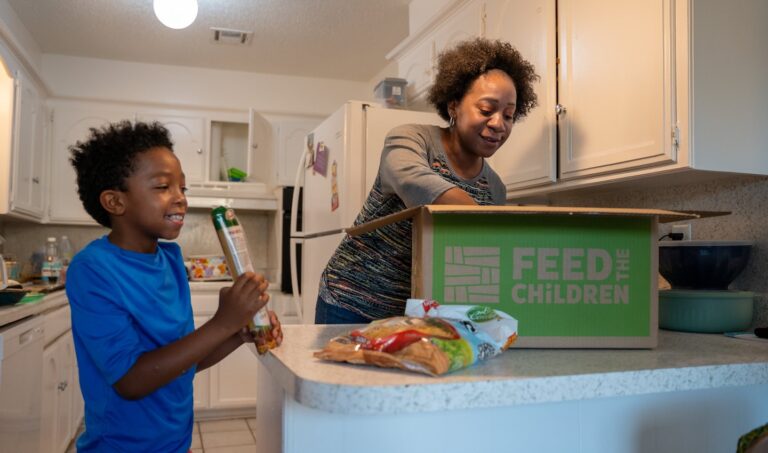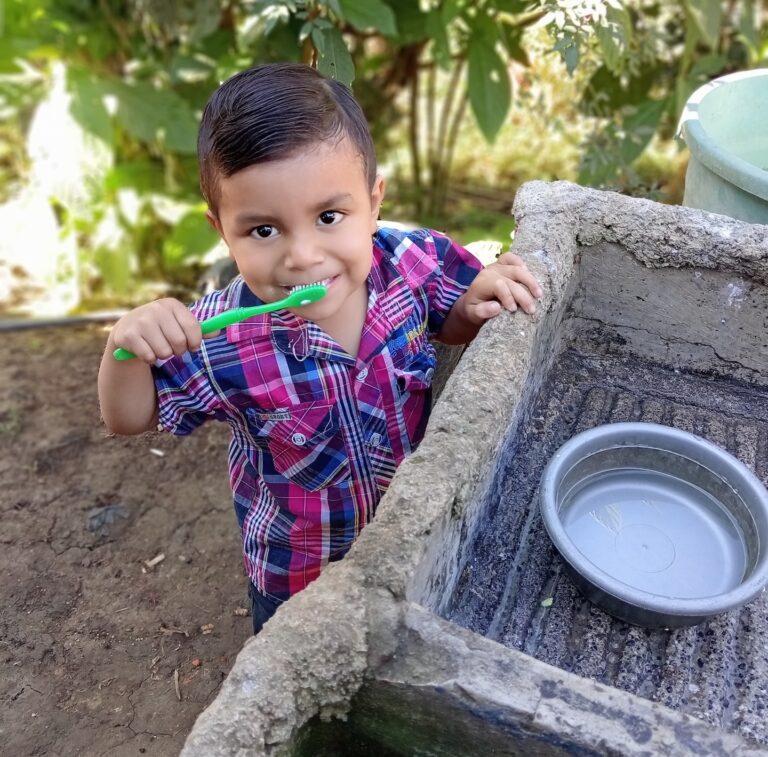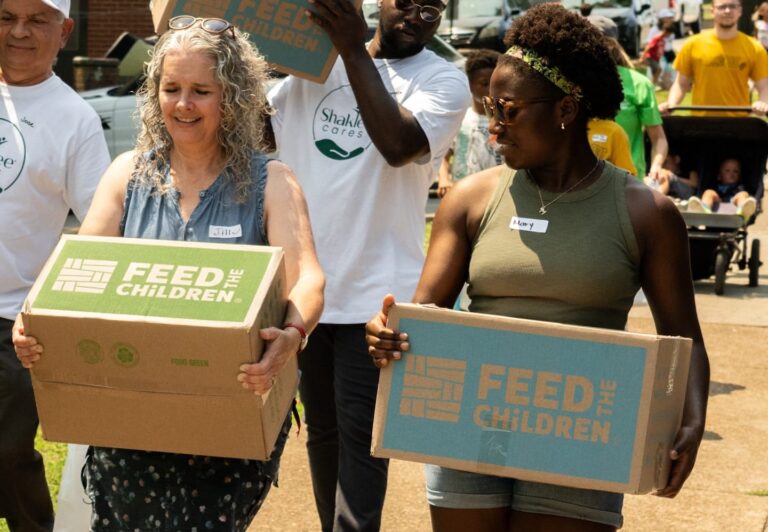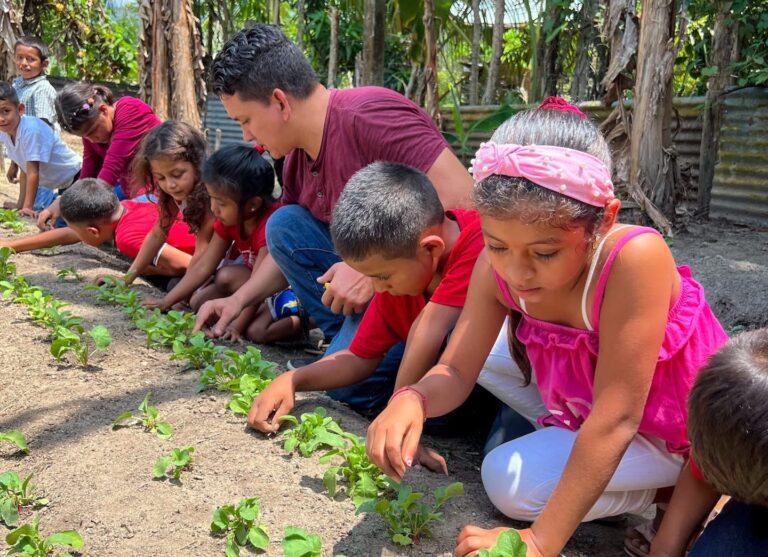
5 Easy Ways to Prevent Food Waste
September 29th is the International Day of Awareness of Food Loss and Waste! The name is a mouthful, but it’s nothing compared to the reality of food loss: every year, between 30-40% of the food supply in the United States is wasted. This amounts to around 133 billion pounds of food being thrown away. Although the US wastes more food than any other nation, across the world, over a billion tons of food is wasted yearly.
Food isn’t the only loss. When food isn’t eaten, the land, water, and human resources that went into producing it also go to waste.
How Does Food Loss Happen?
Food loss can happen at any stage of the food production and supply chain, including during the farming/pre-retail stages. Food can be lost to insects or disease, or by poor handling or storage leading to spoilage.
An estimated 31% of food loss happens at retail and consumer levels. At these stages, food loss happens when:
- Stores over-order food and can’t sell the excess
- Stores throw away “ugly” produce
- Restaurants throw unused food out at the end of a day
- Food is lost or damaged during transit
- Food is spoiled when cold storage breaks
- Consumers forget about food they’ve purchased and it goes rotten
- Consumers misunderstand expiration labels and throw away good food
Preventing Food Loss & Waste
The bad news is that the type of food waste that occurs on a large scale (during production and in retail) is almost impossible for any single individual to prevent. Your best bet in that area is to research and support bills aimed at reducing food waste.
The good news is that with a few simple steps, you can eliminate food waste in your home! Reducing personal food waste is an easy money-saving measure that you can feel great about.
Here are some basic tips that will help anyone waste less food, and spend less money (and spend less time shopping for replacement foods):
- Freeze foods that are about to go bad, rather than throwing them away
- Keep quick-to-spoil foods towards the front of the fridge, so you won’t forget them
- Remember that different foods use different labels – “best if used by” and “use by” may indicate different things, and a food that’s past its “best if used by” date may still be perfectly good. Be sure to check before tossing them out!
- If you have excess unspoiled and within-expiration-date items, see if there is a local food pantry to which you can donate them, rather than throwing them away
- Don’t be afraid of “ugly” fruits and vegetables. Soups, smoothies and baked goods are a great way to use up funky-shaped produce (and the nutritional value is the same)






